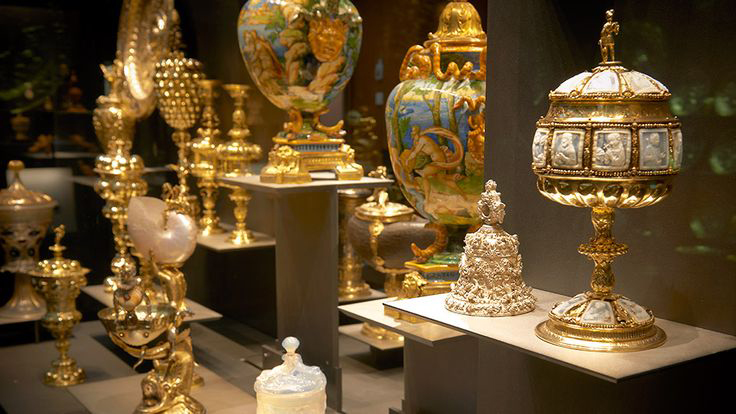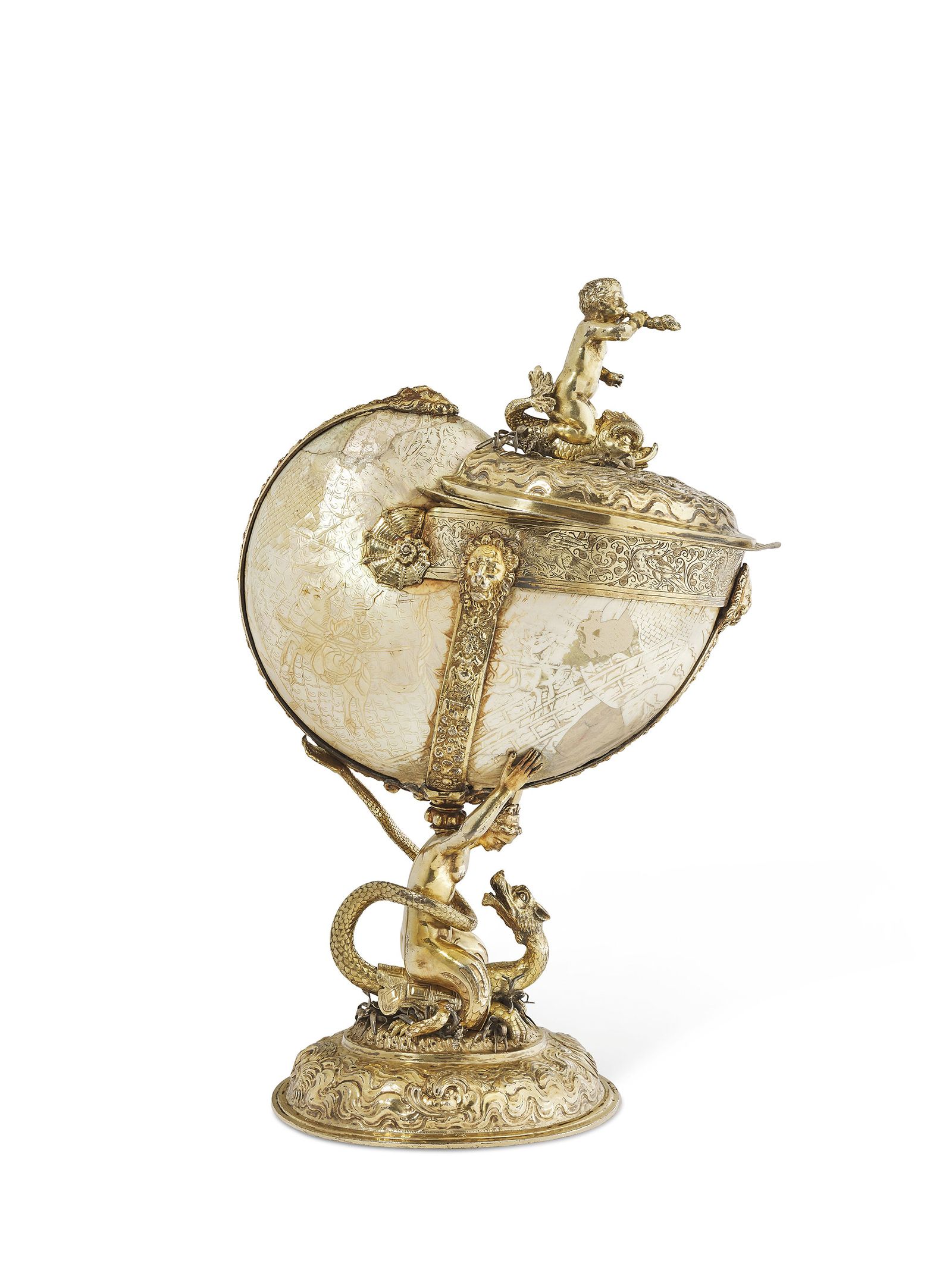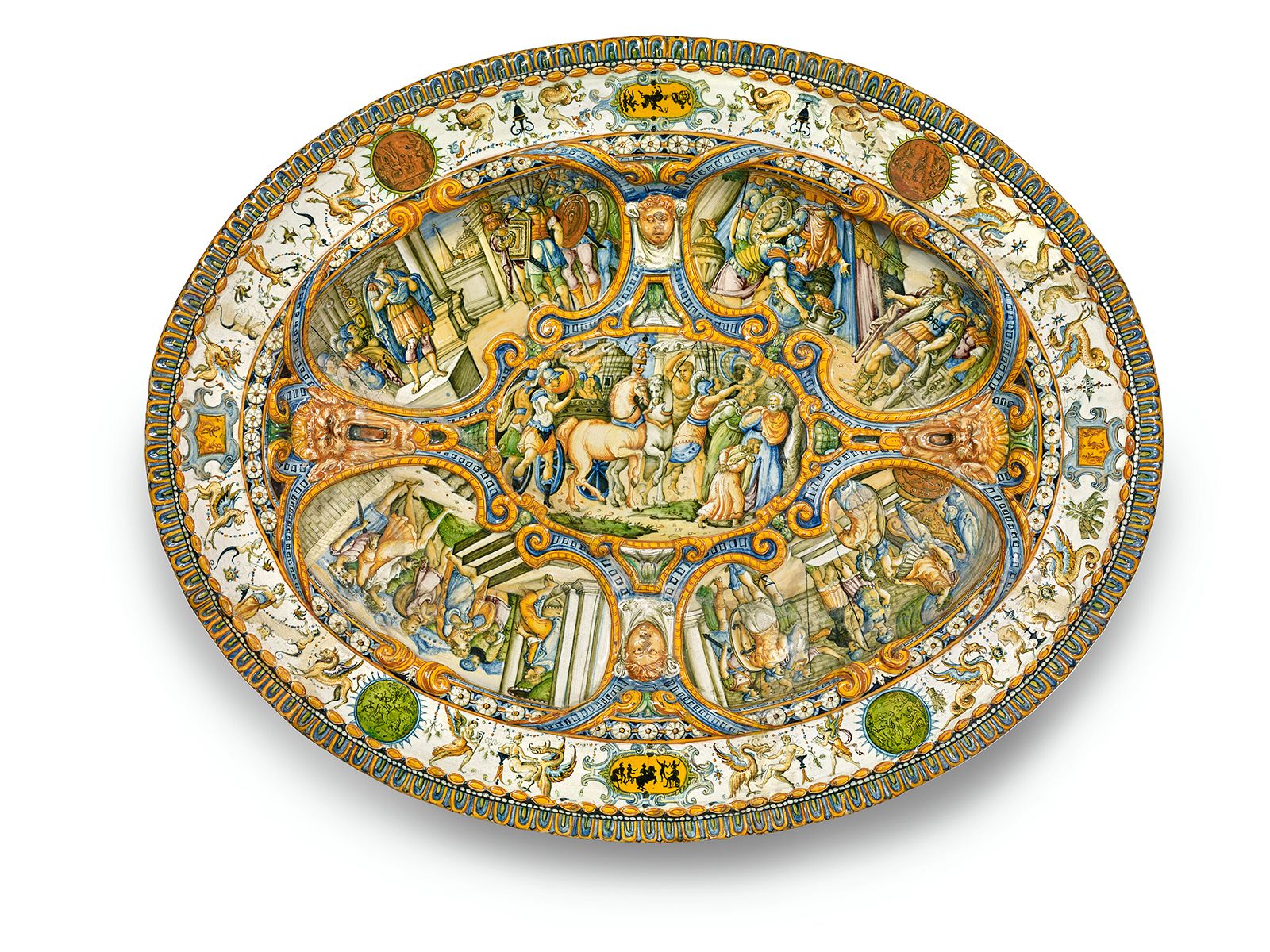Art, furniture and more from the elite Rothschild family's private collection amass $62 million at unprecedented auction

A significant assortment of art, furniture, silver, ceramics, and jewelry, which has been privately held by the Rothschild banking dynasty, was anticipated to fetch up to $30 million across multiple auctions this autumn at Christie's New York.
These auctions will represent the inaugural dedicated sale in North America featuring pieces from the French segment of the enduring Rothschild banking family. The majority of the items were procured during the 19th century by Baron James Mayer de Rothschild, the founder of the French branch, along with his wife Betty and their son Alphonse. These treasures have been preserved in the family's possession for generations.

The collection features artworks that have been acquired by the family, with a notable focus on Old Masters paintings. One prominent piece is Gerrit Dou's 17th-century painting titled "A young woman holding a hare with a boy at a window," which is expected to fetch between $3 million and $5 million. Among the most ancient items in the auction is a Roman Sardonyx cameo portrait of the first-century AD Roman emperor Claudius, with an estimated value of $200,000 to $300,000. Interestingly, this cameo was last auctioned at Christie's in 1899, where it was sold for £3,750, shortly before it is believed to have become part of the Rothschild collection.
“These are things that have been kept away since the end of the 19th century. And unless you knew this particular branch of the family, you wouldn't have seen them,” says Jonathan Rendell, the deputy chairman of Christie’s Americas. “It's not the type of thing that, in New York, we normally get to play with. You’re more likely to see a sale like this in Europe.”
Christie's states that the consignors, who are descendants of James Mayer de Rothschild from the French branch of the family, expressed a specific desire to conduct the auction in New York. It is worth noting that this particular branch of the family resided in the United States during the Second World War. Rendell says, adding that he expects the collection “would do incredibly well anywhere”.

The auction encompasses a diverse array of items, such as furniture, ceramics (notably significant Italian Renaissance maiolica), silverware, tapestries, and jewelry. These objects exemplify the unique and discerning taste of the Rothschild family, characterized by what Rendell describes as “an extraordinary combination of sumptuousness and domesticity”.
“It's living with collections, and they're meant to inform and to impress, and yet, there's also this very comfortable element to a traditional Rothschild interior,” Rendell says, adding that it is worth noting that the family's aesthetic preferences greatly influenced some of the foremost art collectors in the United States, particularly Gilded Age investment banker J.P. Morgan. Morgan had the opportunity to become acquainted with the Rothschild family's taste during his business travels to the United Kingdom with his father.
“This is the sort of thing that, 100 years ago, 150 years ago, the market would have gone crazy for. We don't get a bulk of this type of material coming up for sale anymore,” Rendell says.
The auctions took place across multiple days, commencing with an evening sale on October 11th, followed by two full-day sales and a simultaneous live auction. Christie's had indicated that certain lots will commence with starting prices as modest as $100.
As for why the elite family is selling the collection now, Rendell believes it may be a “rationalisation” and a “generational shift” in attitude. “Not everybody lives like a 19th-century Rothschild, even the Rothschilds,” he says.
Thanks for visiting Our Secret House. Create your free account by signing up or log in to continue reading.





